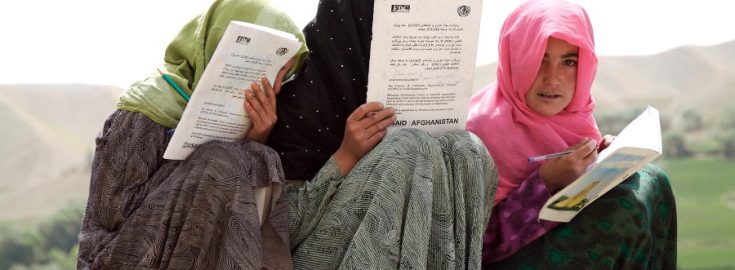
Search
Photo: United Nations
Joined MPPN: 2015
National MPI
For details of the National MPI of Afghanistan including the latest reports, the national MPI structure, and references to MPI in Voluntary National Reviews, please visit this page on the OPHI website.
Global MPI
For details of the latest available global MPI data for Afghanistan, please visit the global MPI country briefing of Afghanistan and the most recent global MPI data tables.
Events
- 25 February 2021 | Intervention by Hasibullah Mowahed, Deputy Director General, National Statistics and Information Authority, Afghanistan at UNSC 52 Side Event
- 23 September 2020 | Intervention by H.E. Ashraf Ghani, President of Afghanistan at UNGA 75 Side Event













